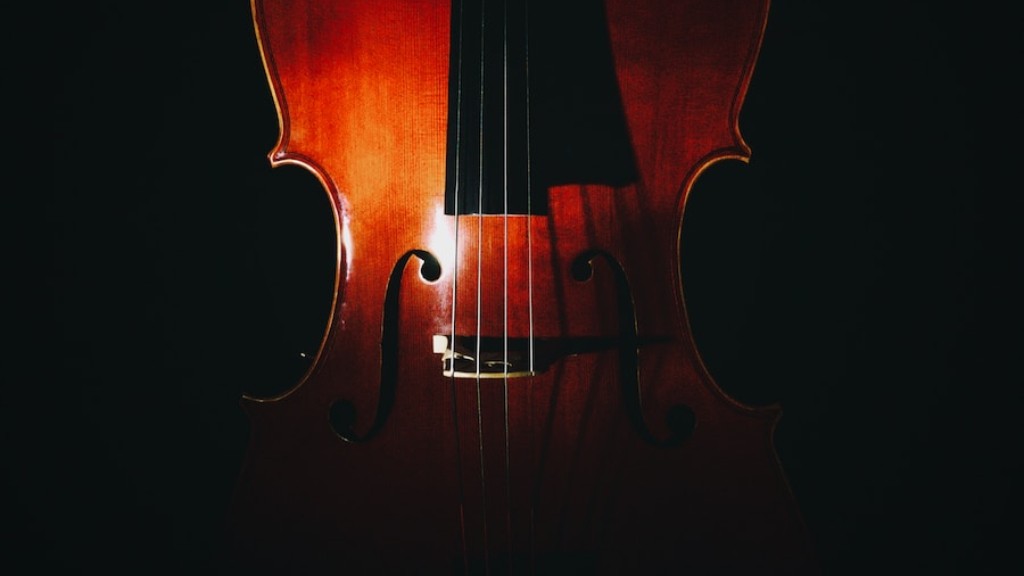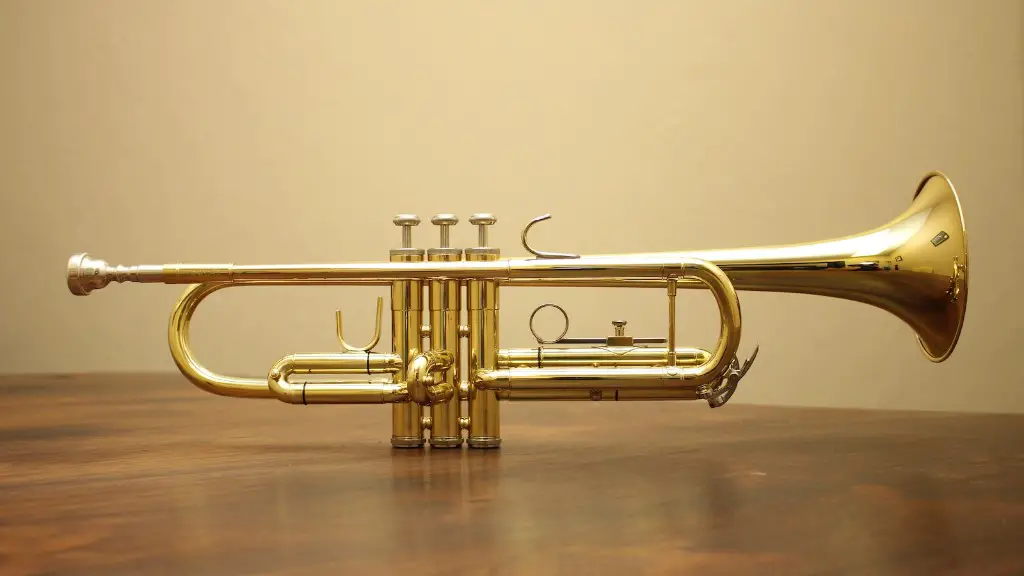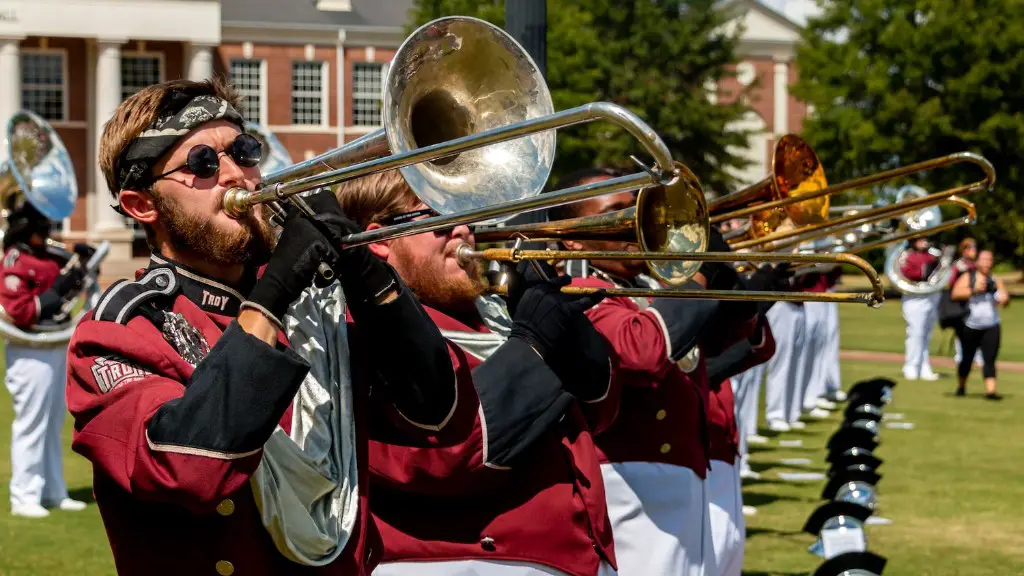Many people ask if it is possible to play the cello with small hands. The answer is yes! With the right technique and practice, anyone with small hands can learn to play the cello.
The cello is a large instrument, and it requires a certain amount of strength and dexterity to play properly. But with some practice, even those with small hands can learn to play this beautiful instrument.
The first step in learning to play the cello with small hands is to find the right size instrument for your body. This means finding an instrument that fits comfortably in your arms and hands. Once you have found the right size instrument, you can begin practicing proper technique.
It is also important to use proper posture when playing the cello, as this will help you use your arms and hands more effectively. You should also focus on using your fingers rather than your whole hand when playing chords or notes on the cello.
With practice and dedication, anyone with small hands can learn to play the cello. Make sure to use proper technique and posture while practicing, and don’t be afraid to ask for help if you need it! With enough hard work and dedication, you’ll be able to master this beautiful instrument in no time.
Disadvantages of Playing Cello With Small Hands
Playing the cello with small hands can be challenging and can often lead to a lower level of proficiency. Due to the size of the instrument, it may be difficult for smaller hands to reach all of the strings and chords. This can result in difficulty playing some notes or chords, as well as an inability to use vibrato or dynamic range effectively. Additionally, smaller hands may not have enough strength to finger and bow with ease, resulting in an overall lack of accuracy and control.
For players with smaller hands, there are a few techniques that can be used to maintain accuracy and proficiency when playing the cello. Hand position is key; players should make sure that their wrists are slightly bent and their hands are relaxed when playing. Additionally, slow practice sessions may be necessary in order to build up strength in the fingers. Finally, lighter-weight bows may help reduce strain on the arms while still providing enough power for accurate bowing technique.
While playing the cello with smaller hands can present some challenges, it is certainly possible to achieve proficiency with proper technique and practice. With patience and dedication, even those with smaller hands can become skilled cellists!
Benefits of Learning the Cello for People With Small Hands
Learning to play the cello with small hands is a great way to experience all the joys of playing an instrument, regardless of size. It requires a bit more dexterity and finesse, but it is well worth the effort. The cello offers a wide range of notes that can be played with less force than other instruments, making it ideal for people with small hands.
The cello also offers an easier transition from one note to another, allowing for smoother transitions and greater ease in playing. The instrument’s large strings allow for easier fingering, and its mellow sound allows for greater expression than other instruments. Additionally, its range of notes offers a wider variety of music styles and dynamics that can be explored.
The benefits extend beyond just the practical aspects of playing the cello. Playing an instrument helps to build confidence and self-esteem by providing an outlet for creativity and self-expression. It also can provide an opportunity to improve concentration and coordination as well as increase mental stimulation and focus.
Overall, learning to play the cello with small hands can be a rewarding experience that allows people to explore their musical talents while building their confidence and skills at the same time. It is a great way to enjoy all the wonders of music while gaining valuable skills.
Alternatives to Playing the Cello for People With Small Hands
For those with small hands, playing the cello may seem impossible. But there are a number of other string instruments that can be played with smaller hands. The violin and viola, for example, require less arm length and strength than the cello. Additionally, both instruments have smaller fingerboards that are better suited for those with small hands.
The mandolin is another great option for people with smaller hands. This instrument has a much shorter neck than a violin or viola, which makes it easier to reach the strings. It also has a flat back that can be comfortably rested against the chest while playing, making it ideal for people who don’t have long arms.
The ukulele is another instrument that is well-suited to people with small hands due to its small size and relatively easy-to-manage strings. Additionally, its four strings make it easier to learn than more complex string instruments such as the guitar or banjo.
Finally, there is the electric bass guitar, which requires little strength and hand dexterity compared to acoustic string instruments like the cello. Its short neck and wide frets make it an ideal choice for those with small hands who want to play an electric instrument.
No matter what instrument you choose, it’s important to remember that practice makes perfect! With dedication and hard work, anyone can learn how to play an instrument — even if they have small hands.
Choosing the Right Size of Instrument for People With Small Hands
Playing an instrument can be a great way to express yourself. But if you have small hands, it can be hard to find an instrument that fits your size. Cello is a popular string instrument among musicians, but it is typically meant for people with larger hands. However, there are some options available for those with smaller hands.
To play the cello effectively, you will need to have good posture and correct finger placement on the strings. The size of your cello should be proportional to your body size; a full-sized cello may be too large for someone with small hands. You can opt for a ¾ or ½ sized cello which is easier to play and maneuver. You may find that having an adjustable end pin and spike will help you achieve better posture when playing the ¾ or ½ sized instruments.
When selecting an instrument, make sure the strings are not too far apart. Instruments with narrow necks are best suited for small hands as they allow more comfortable access to all four strings. It is also important to ensure that the bridge height is appropriate; if it’s too high it will make playing difficult, while a lower bridge height enables easier access.
When purchasing an instrument, always try it out before buying it. Playing on several different instruments will help you find the perfect match for your size and skill level. You can also seek advice from experienced musicians or music teachers who can provide valuable insight
In Conclusion
In conclusion, it is possible to play the cello with small hands. It may require some adjustments to the instrument, such as a smaller neck width, but it can be done. The key is to find an instrument that fits comfortably and to practice proper technique. With dedication and practice, even those with small hands can learn to play the cello. With the right teacher and the right instrument, playing the cello with small hands can be a rewarding experience.





